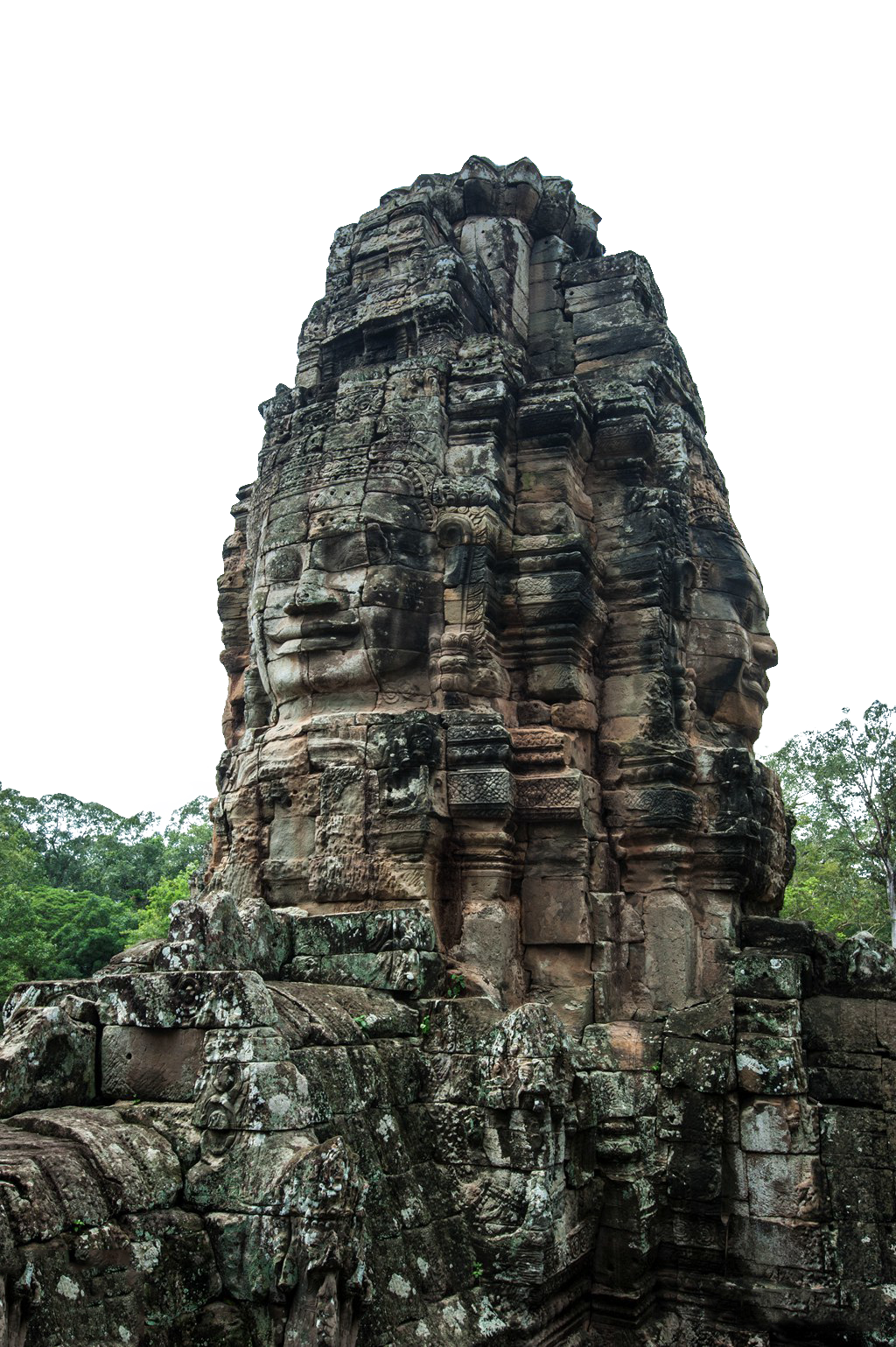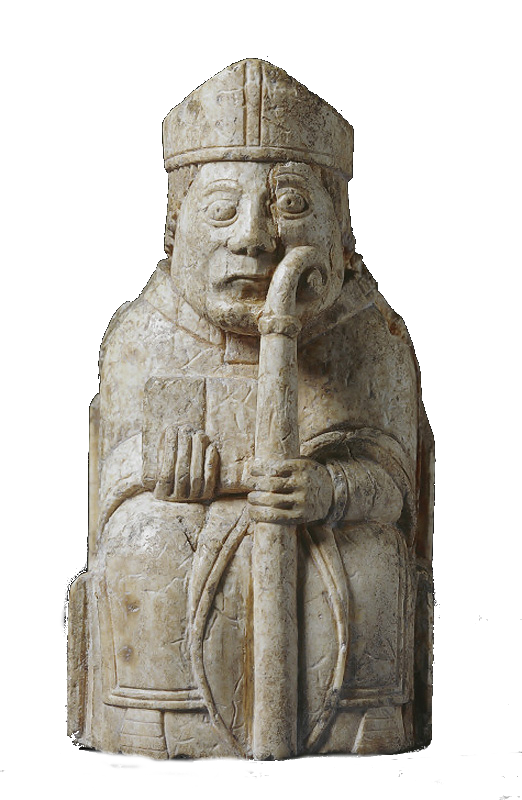This is the best summary I could come up with:
For centuries, Western scholars have touted the fate of the native population on Easter Island (Rapa Nui) as a case study in the devastating cost of environmentally unsustainable living.
Diamond controversially argued that the destruction of the island's ecological environment triggered a downward spiral of internal warfare, population decline, and cannibalism, resulting in an eventual breakdown of social and political structures.
That work met with some mixed opinions from Lipo's fellow archaeologists, with some suggesting that his team cherry-picked its radiocarbon dating—an allegation he dismissed at the time as "simply baloney and misinformed thinking."
They filtered their radiocarbon samples to just those they were confident related to human occupation and human-related events, meaning they analyzed a smaller subset of all the available ages—not an unusual strategy to eliminate bias due to issues with old carbon—and the results for colonization estimates were about the same as before.
The results demonstrated a lack of evidence for a pre-contact collapse and instead offered strong support for a new emerging model of resilient communities that continued their long-term traditions despite the impacts of European arrival.
The volcanic soil on Easter Island is highly weathered and thus poor in nutrients essential for plant growth: nitrogen, phosphorus and potassium primarily, but also calcium, magnesium, and sulfur.
The original article contains 1,377 words, the summary contains 210 words. Saved 85%. I'm a bot and I'm open source!



